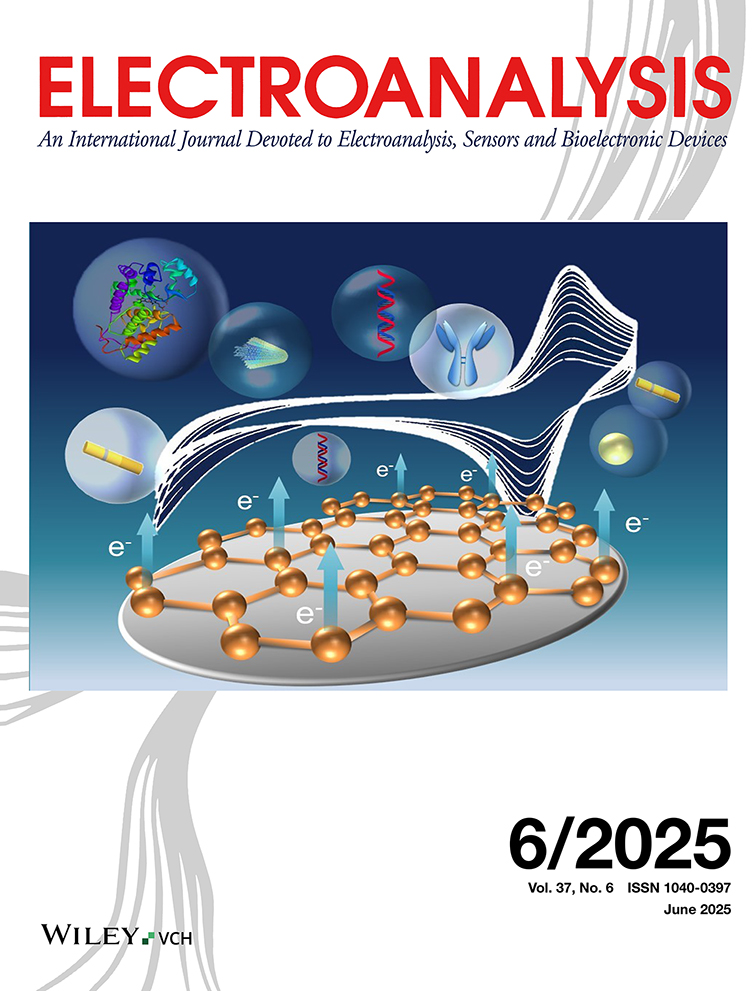Interface HostGuest Interaction Between Calix[4]pyrrole and Neutral Derivatives of Phenol as the Base for Their Potentiometric Discrimination
Abstract
Calix[4]pyrrole liquid membrane electrodes display a potentiometric response towards the neutral form of phenol derivatives. They do not respond towards the corresponding anionic forms. The mechanism of the generation of the potentiometric signal relies on: (1) The creation of supramolecular complex calix[4]pyrrolenitrophenol at the organic/aqueous interface; (2) The increasing of the acidity of OH group from nitrophenol molecules due to formation of hydrogen bond between calix[4]pyrrolenitrophenol at the interface; (3) The dissociation of the OH group from calix[4]pyrrolenitrophenol complex and the ejection of H+ to the aqueous layer adjusted to the membrane organic phase boundary. The sensitivity and selectivity of the calix[4]pyrrole liquid membrane electrodes are governed by the lipophilicity and acidity of the phenolic guests. Also, the affinity to create a hydrogen bond between the host and the target molecule is a parameter which has a strong influence on the phenomena studied.





